When I was a child, the highlight of the summer holidays was when my cousin Simon came to stay. We shared a common obsession: aliens. Day after fruitless day, we would scan the skies, looking for UFOs. At night, long after we were supposed to have gone to sleep, we would get out our torches and pore over books on extraterrestrial life.
These ranged from the sternly scientific — tomes on astronomy or space flight — to paperbacks with altogether more lurid copy. One in particular, filled with vivid images of flying saucers and Area 51, was a focus of our almost superstitious fascination. This was because it contained a picture that —to my deep embarrassment now — we had mutually decided was the scariest we had ever seen. The ‘Kentucky Glowing Man’ was a goblin-like creature that had supposedly attacked a farm one night in the 1950s. The illustration of this incident — complete with phosphorescent alien — gave us both such a delicious frisson of terror that we only had to look at it to scream and hide under our duvets. ‘Kentucky Glowing Man’ came to serve us as shorthand for everything that made the concept of extraterrestrial life so compelling and delicious.
But with age came disillusionment. One summer, when I mentioned the Kentucky Glowing Man to Simon, he shook his head sagely. ‘Why,’ he asked, ‘would an alien have crossed the immensities of interstellar space just to frighten two farmers?’ And with that simple question, the scales fell from my eyes. It was like being told that Father Christmas did not exist. My belief in the reality of extraterrestrial life, hitherto such an article of faith, shrivelled and died.
From that moment on, I have assumed that we on this planet are alone in the universe. Even when Bill Clinton, 20 years ago, announced that a meteorite found in Antarctica proved that primitive bacterial lifeforms had existed on Mars, I was doubtful. My scepticism, like my childhood credulity, owed nothing to specialised knowledge. I was — and am — pretty much ignorant of both astronomy and bacteriology. I was relying on instinct alone. Nevertheless, when it was subsequently announced that the microscopic structures on the meteorite might not be trace-elements of Martian bacteria after all, I felt thoroughly vindicated. To this day, the scientific evidence that life exists anywhere beyond Earth remains what it has always been: zero.
The consensus among scientists, though, has palpably been shifting. Back in the 1970s, while I was gawping at the Kentucky Glowing Man, cosmologists tended to take for granted that Earth was alone in sustaining life. Today, the prevailing view is very different. Jon Willis, an astronomer who specialises in the splendidly cutting-edge discipline of astrobiology, is as well qualified as anyone to explore why this should be. In All These Worlds Are Yours: The Scientific Search for Alien Life, he puts his money on alien lifeforms being discovered within 100 years. He explains:
With the discovery of an abundance of new worlds orbiting distant stars and with the increasing scientific scrutiny to which a host of space probes are subjecting the worlds of our solar system, the search for life beyond Earth is in the throes of a revolution.
Does this mean, then, that farmers in Kentucky should be reaching for their guns? Hardly. Willis, although convinced that alien lifeforms are out there, waiting to be discovered, does not imagine that they will be turning up in flying saucers. SETI, the ongoing search for alien radio signals, he politely dismisses as a waste of both focus and resources. First contact, he suggests, will be ‘a meeting of microbes rather than a meeting of minds’. This is because, at least for the forseeable future, our capacity to explore other planetary systems will be confined to the solar system — and there are certainly no alien civilisations in our own backyard.
Expert, measured and drily humorous, Willis is an excellent guide to the lunar environments that may, just conceivably, be harbouring microscopic life: the seas of Europa, buried deep beneath miles of ice; the hot, salt-rich geysers of Enceladus; the lakes and rivers of Titan, in which liquid methane is mixed with ‘an uncountable multitude of complex organic chemicals’. If life is to
be found in any of these environments, then it will require a truly formidable expense of effort.
An expense of effort which may, of course, turn out to be in vain. Willis,
like Agent Mulder, wants to believe in extraterrestrial life — but he is too honest a writer not to acknowledge that, in the search for it, a scientist always has to be wary ‘of the story you want to hear’.
The same point is made even more forcibly by a second book on the subject, Aliens: Science from the Other Side. Jim Al-Khalili, who edits it, has had the inspired idea of commissioning essays on astrobiology from a broad array of experts — and the results are fascinating. ‘On a daily basis, my conviction that we must carry the search for life forward is growing.’ So writes Sara Seager, who is — like most of the astronomers in the book — confident that ‘biosignatures’ are out there in space waiting to be found. Author of the Seager Equation, which estimates the number of planets in the galaxy with biosignature gases, she freely acknowledges that her sense of mission — and the vast amount of funding it requires — cannot depend on science alone. There has to be a sense of poetry too. ‘I must confess that I allow myself to speculate and daydream.’
As curmudgeonly as the cosmologists tend to be optimistic, though, are the biologists. The easiest and least expensive place to look for alien life is not outer space at all, but our own home — for no planet, as the physicist Paul Davies wittily puts it, ‘is more Earth-like than Earth itself’. At the moment, though, every life form we know of is descended from a single common ancestor — and therefore, unless and until that changes, the probability is that life has originated only the once here on Earth. Everything about its emergence and subsequent evolution, as Matthew Cobb makes clear in an essay devastating to the easy assumption that life might be common across the universe, was a concatenation of staggering improbalities. ‘There can be no certainty that anything like this has happened on any other planet in the history of the universe.’
All of which leaves me perfectly content, despite what the astronomers tell me, to stick with my own scepticism. Astrobiology is only partially a science — for it approximates as well to the condition of metaphysics. Does alien life exist? What are the implications either way for humanity’s sense of itself? What is our relationship to the rest of the universe? These questions, founded as they are upon imponderables, can no more be definitively answered by astronomers or biologists than they can by theologians. ‘In many domains,’ writes the planetary scientist Chris McKay, ‘the only numbers that make sense are 0, 1 and infinity.’
For students of extraterrestrial life, infinity seems to beckon — but until hard proof turns up that it exists, we will have to remain content with ourselves.
The post To earth from heaven appeared first on The Spectator.
Got something to add? Join the discussion and comment below.
Get 10 issues for just $10
Subscribe to The Spectator Australia today for the next 10 magazine issues, plus full online access, for just $10.
You might disagree with half of it, but you’ll enjoy reading all of it. Try your first month for free, then just $2 a week for the remainder of your first year.

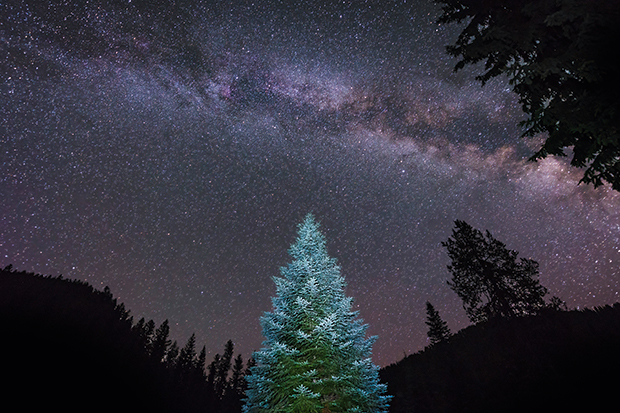
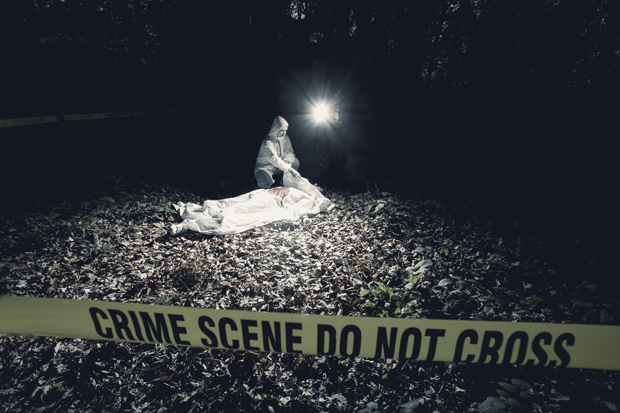
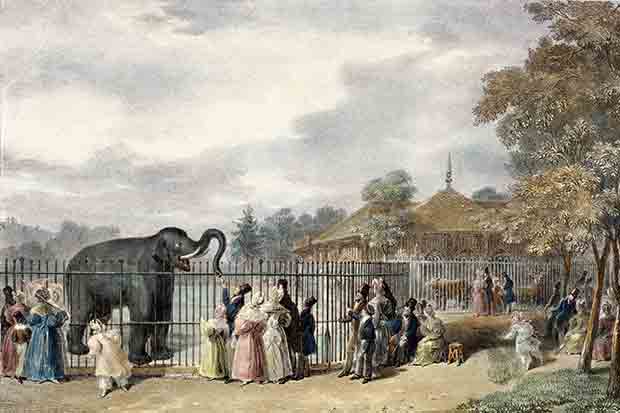
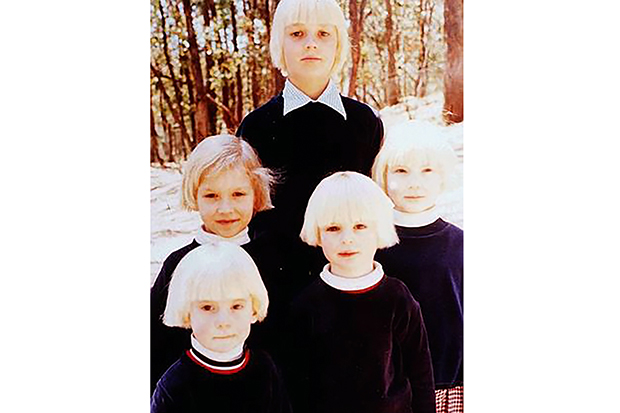


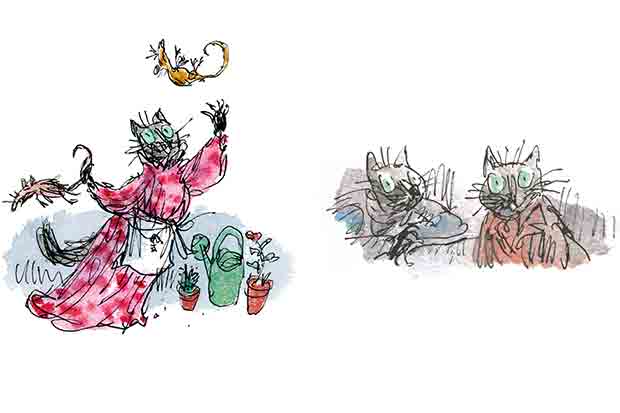






Comments
Don't miss out
Join the conversation with other Spectator Australia readers. Subscribe to leave a comment.
SUBSCRIBEAlready a subscriber? Log in